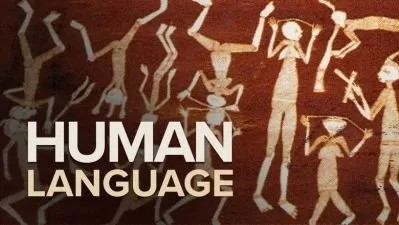About Spanish LanguageLearn More
Known as Espanol in countries that speak the language, Spanish is the official language of 20 nations worldwide and is commonly spoken in many others. Spanish embodies the spirit of a culture rich with a vibrant history and is among the easier languages to learn. Udemy offers many online Spanish classes that can help you on the path to speaking this world language fluently.
Sort by:
Sorting
The newest
Most visited
Course time
Subtitle
Filtering
Courses
Subtitle

The Great Courses


Bill Worden
Learning Spanish II: How to Understand and Speak a New Language 22:07:01
English subtitles
06/01/2023
Subtitle

The Great Courses


Bill Worden
Learning Spanish: How to Understand and Speak a New Language 20:51:05
English subtitles
06/01/2023
Subtitle

The Great Courses


Bill Worden
Learning Spanish: How to Understand and Speak a New Language 21:34:57
English subtitles
05/03/2023
Frequently asked questions about Spanish Language
Many find Spanish to be one of the easier languages to learn. One aspect of Spanish that many learners find helpful is pronunciation. Written words in Spanish follow strict pronunciation and spelling rules. This makes it easier to write new words you hear or to pronounce new words you read. It is easy to find Spanish movies and books to help practice your skills, and there's the option for online courses like those on Udemy. Many streaming services offer Spanish audio or subtitles, which is an easy way to hear and practice Spanish. Finally, if you already speak a language related to Spanish, such as Portuguese, French, or Italian, it will help you learn Spanish. This is because these languages share similar grammar and vocabulary. If you’re learning Spanish for the first time, remember that the key to learning any new language is practice and patience.
Spanish is spoken worldwide; it’s the official language in 20 countries and a significant language in several other countries. Over 450 million people speak Spanish as a native language, making Spanish second only to Chinese in terms of native speakers. Most Spanish-speaking countries are in North and South America and include Mexico (130 million speakers), Argentina (45 million speakers), and Colombia (50 million speakers). In Europe, Spanish is spoken primarily in Spain (47 million speakers), while in Africa, Spanish is most spoken in Equatorial Guinea (850,000 speakers). In Asia, there are about 500,000 Spanish speakers in the Philippines, which was once a Spanish colony.
Spanish is part of Indo-European languages, which includes over 400 languages such as English, Hindi, German, Persian, Greek, and Polish. You can trace modern Spanish back to Latin, which was the language of Ancient Rome. This is why Spanish is called a Romance language. Other Romance languages include French, Italian, Portuguese, and Romanian. Spanish and the other Romance languages first developed as the Roman Empire expanded into Western Europe. In the land that is today Spain, Latin gradually changed and evolved into early Spanish and eventually modern Spanish. During the Middle Ages, Spain was part of the Islamic Empire, and many Spanish words used today come from Arabic rather than Latin. When the Spanish explored and colonized the Americas in the 15th Century, they also adopted many words from indigenous American languages, including “chocolate” and “tomate” (tomato).






